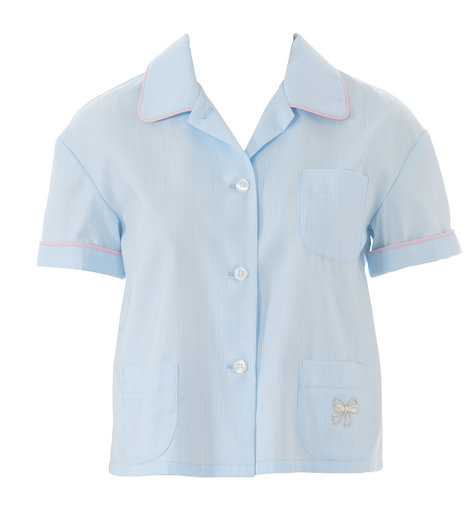I am way behind on posting my summer makes! During my time off, I spent a lot of time sewing and not a lot of time blogging. Then I started my new job, and everything else took a back seat. Now I'm on maternity leave, and will try to document some of my favorite makes from the last few months. I also have big plans for the Refashioners 2017 #suitsyou challenge!
My husband A requested this kilt, and since he's never asked me to make anything else for him, I couldn't really say no! It was also fun to have him encourage me to spend more time in the craft room. 😉 I drafted the pattern using his measurements and adjusting the tutorial for a traditional Scottish kilt in Ann Stewart's article in Threads, Vol 33, Feb/Mar 1991, pages 54-60, entitled "Making a Kilt: Sew a man's traditional kilt or a woman's kilt skirt" to fit this inspiration kilt:
The Stewart article is really excellent; I highly recommend reading it before making a kilt! I found it on my
Threads Magazine Archive DVD (not an affiliate link; totally worth the cost!). Here's what my pattern diagram looked like when I was done drafting it:
I used a dark khaki-colored stretch wool twill that A and I picked out at
A Fabric Place in Baltimore when we were there for a friend's wedding. I wasn't sure how much I needed, so got 8 yards. Turns out this was more than enough, since the fabric was 55" wide and the finished kilt length was only 24". I ended up using about 5 yards of fabric, leaving plenty for a future pair of dress pants for me! The facing was made from a natural linen rayon mix from the remnant bin at Joann Fabrics. I prewashed and dried the wool twill to prevent any shrinkage of the finished product. Hardware was sourced from
Joann Fabrics (brass snaps),
BagMakingBees on Etsy (brass buckles), and
TrimmingShop on Etsy (bronze eyelets).
I kept extensive notes in case I ever want to make another version. Unlike a traditional kilt where the pleats all point one direction, the pleats on the "American Kilt" switch directions in the back. They are topstitched down from the waist to the hipline, then hang free. Copious amounts of steam were used to press the pleats below the hipline, and they have kept their shape well with wear.
The overapron wraps over the underapron and is attached with 8 heavy duty snaps. Straps on the right side of the overapron buckle to the right hip and keep the front lying smooth over the hip. The two pockets hang free from the top and are large enough for a smart phone, keys, a wallet, and a flask, should you desire!
The inside edge of the waistband was finished with bias tape, then topstitched into place from the outside. There were lots of opportunities to practice perfecting edgestitching and topstitching!
Aaron is pleased with how the kilt turned out. Next he wants me to make him a pair of jeans!
Next up, some sleepwear from old bedsheets!


















































